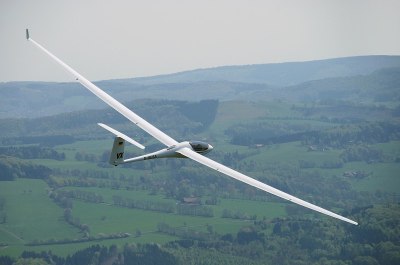In the 21st century, the global transportation landscape is in shift. Politicians, engineers, and planners all want to move more people, more quickly, more cleanly. Amid the frenzy of innovative harebrained ideas, high-speed rail travel has surged to the forefront. It’s a quiet achiever, and a reliable solution for efficient, sustainable, and swift intercity and intercountry transit.
From the thriving economies of Europe and Asia to the burgeoning markets of the Middle East and America, high-speed rail networks are being planned, expanded, and upgraded whichever way you look. A combination of traditional and magnetic levitation (maglev) trains are being utilized, reaching speeds that were once the stuff of science fiction. As we set our sights towards the future, it’s worth taking a snapshot of the current state of high-speed rail, a field where technology, engineering brilliance, and visions of a greener tomorrow converge.
Continue reading “The State Of High Speed Rail, And A Look To Tomorrow”


















